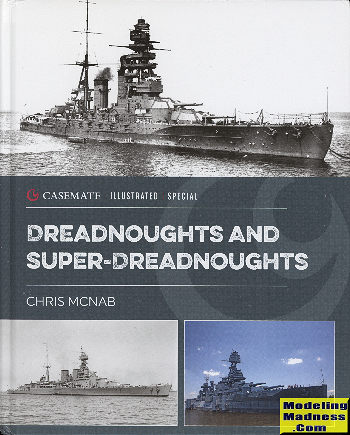 For
centuries, the image of maritime power was the big gunned warship. During the
age of sail, it was not uncommon to find major ships of the line festooned with
dozens of guns of various size. It was also fairly common for sea battles to
result in floating hulks as ships were often robbed of masts, steering and crew
by the cannon balls of the other side. Few ships sank as wood tends to keep
things afloat.
For
centuries, the image of maritime power was the big gunned warship. During the
age of sail, it was not uncommon to find major ships of the line festooned with
dozens of guns of various size. It was also fairly common for sea battles to
result in floating hulks as ships were often robbed of masts, steering and crew
by the cannon balls of the other side. Few ships sank as wood tends to keep
things afloat.
With the change to ironclad warships, so came a change
in the way they were powered. Initially it was coal fired boilers that produced
sufficient steam to operate turbines that moved the propellers. While this was a
good way at the time, it limited the range of the ships or required them to
provide a lot of space for this fuel. It also often required overseas coaling
stations where stockpiles were kept if the ships needed to travel long
distances.
Since the British needed a strong navy to maintain its empire and to keep the
sea lanes open, they were often the innovators of things nautical. So it was
with the battleship that replaced the sail powered ship of the line in the mid
1800s.
There were three major factors to building warships.
Providing sufficient protection, providing sufficient armament, and providing
sufficient speed. All of these affected each other. Increase weight and speed
decreases. Increase armament and that weight detracts from either speed or armor
protection. All something naval designers had to consider.
Prior to the HMS Dreadnought, battlships had a variety
of gun sizes to deal with different situations. With the Dreadnought, it was
decided to concentrate on having large guns with a minimum number of
intermediate and smaller sizes. In this way, the fewer, larger, heavier guns
would be able to fit to the ship without degrading speed or armor protection. It
was quite an eye-opener and swayed the thought of what made a battleship with
future builds basically following the same 'big gun' way of thinking. The HMS
Dreadnought carried 12 inch main armament. Those that followed with larger guns
were called 'super dreadnoughts'. Those battleships that sacrificed armor for
speed were called battlecruisers.
This book covers the development of HMS Dreadnought as
well as other ships of similar design that followed. It includes not only the
ships, but delves into the switch from coal to oil to power the ship's turbines
as well as changes in armament and torpedo protection. While the main
concentration of the book is on British developments, it also covers other
nations that operated these ships like Germany, France, United States, Japan,
Chile, and Argentina. As this is part of Casemate's Illustrated History series,
you are provided a mass of photos, including some of preserved ships along with
a fair number of illustrations and tables to help explain the development of
these ships and major systems.
In all, it is another superb edition in this series and
one that I am sure you will find as interesting and enjoyable as did I.
December 2021
Copyright ModelingMadness.com. All rights reserved.
No reproduction in part or in whole without express permission.
Review book courtesy of
Casemate Publishing. Get yours
at this link.
If you would like your product reviewed fairly and quickly, please
contact
the editor or see other details in the
Note to
Contributors.
 For
centuries, the image of maritime power was the big gunned warship. During the
age of sail, it was not uncommon to find major ships of the line festooned with
dozens of guns of various size. It was also fairly common for sea battles to
result in floating hulks as ships were often robbed of masts, steering and crew
by the cannon balls of the other side. Few ships sank as wood tends to keep
things afloat.
For
centuries, the image of maritime power was the big gunned warship. During the
age of sail, it was not uncommon to find major ships of the line festooned with
dozens of guns of various size. It was also fairly common for sea battles to
result in floating hulks as ships were often robbed of masts, steering and crew
by the cannon balls of the other side. Few ships sank as wood tends to keep
things afloat.